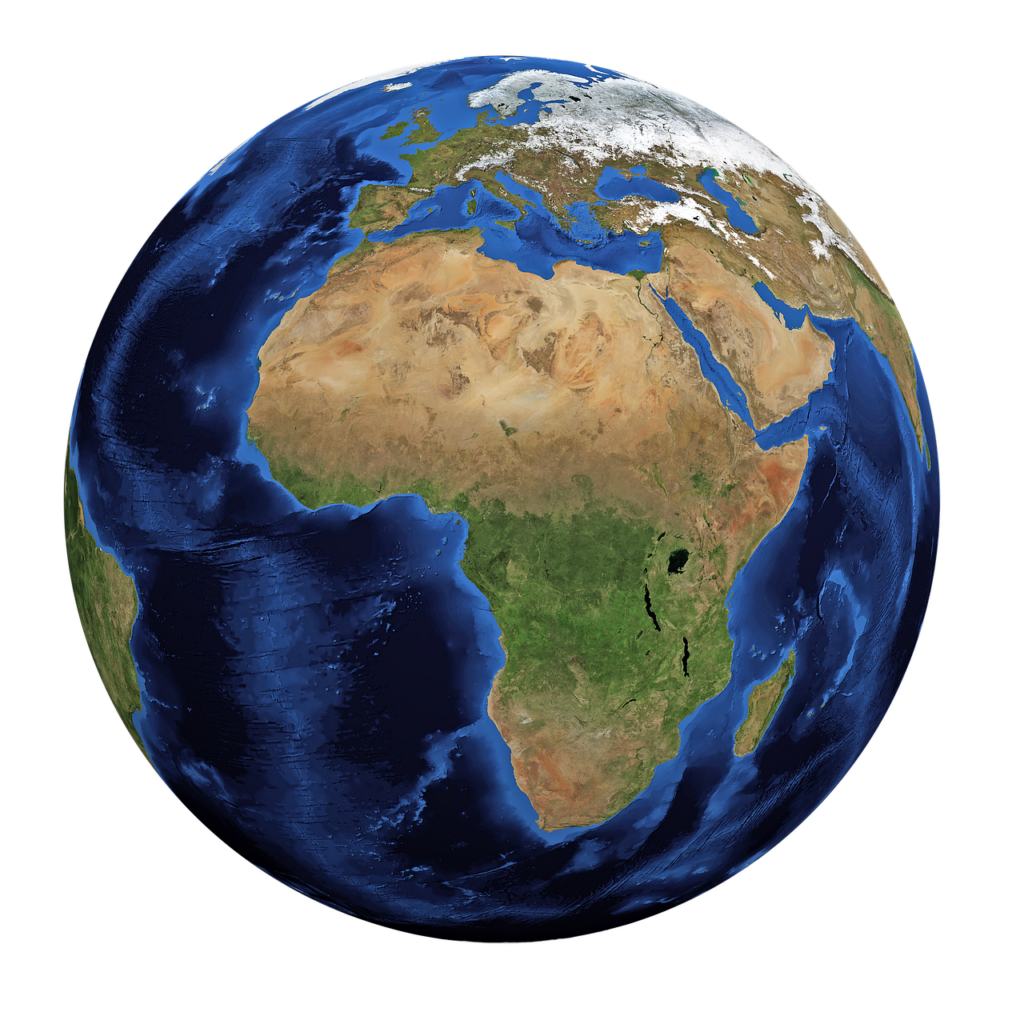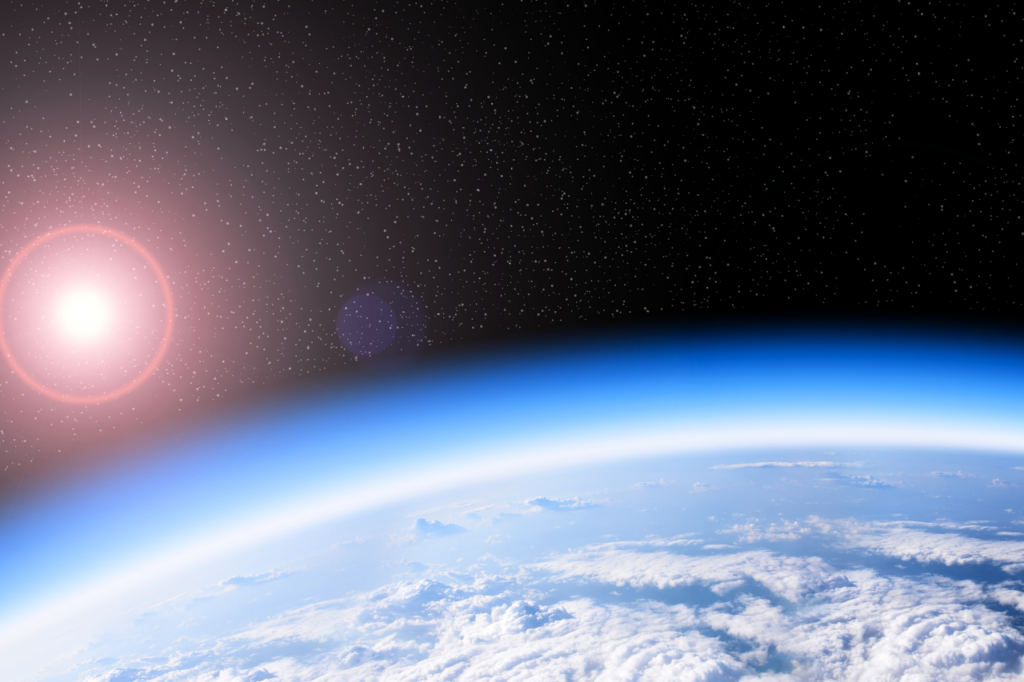
The greenhouse effect is a natural process that causes some of the Earth’s thermal radiation to stay in the atmosphere longer, increasing the temperature of the Earth [1]. Although the atmosphere is almost 99 % oxygen and nitrogen, which let …

The greenhouse effect is a natural process that causes some of the Earth’s thermal radiation to stay in the atmosphere longer, increasing the temperature of the Earth [1]. Although the atmosphere is almost 99 % oxygen and nitrogen, which let …

Tellus is the Latin name for the planet Earth. Tellus or terra means Earth; the name comes from the Roman goddess Tellus, Tellus Mater, or Mother Earth.
Tellus is the Latin name for the planet Earth. Tellus or terra means …

At the centre of the stratosphere, 10-50 kilometres above the Earth, lies the vital ozone layer. It is made by the sun’s light constantly converting some of the oxygen in the air into ozone [1]. Ozone consists of three oxygen …

The biogeochemical cycle refers to the circulation of an element (e.g. carbon and nitrogen) or chemical compound (e.g. water) as it travels through different parts of an ecosystem. During its journey through nature, it is affected by living and non-living …

The planet Earth is called Tellus in Latin.
Earth, the third planet from the Sun in our solar system, is a unique and vibrant celestial body that sustains life as we know it. With a diverse and interconnected ecosystem, it …

The hydrosphere includes all water on Earth in all its forms: liquid, frozen or vapour, meaning all water found in oceans, lakes, rivers, groundwater, ice, snow and glaciers. The biosphere also includes water bound up in life, such as the …